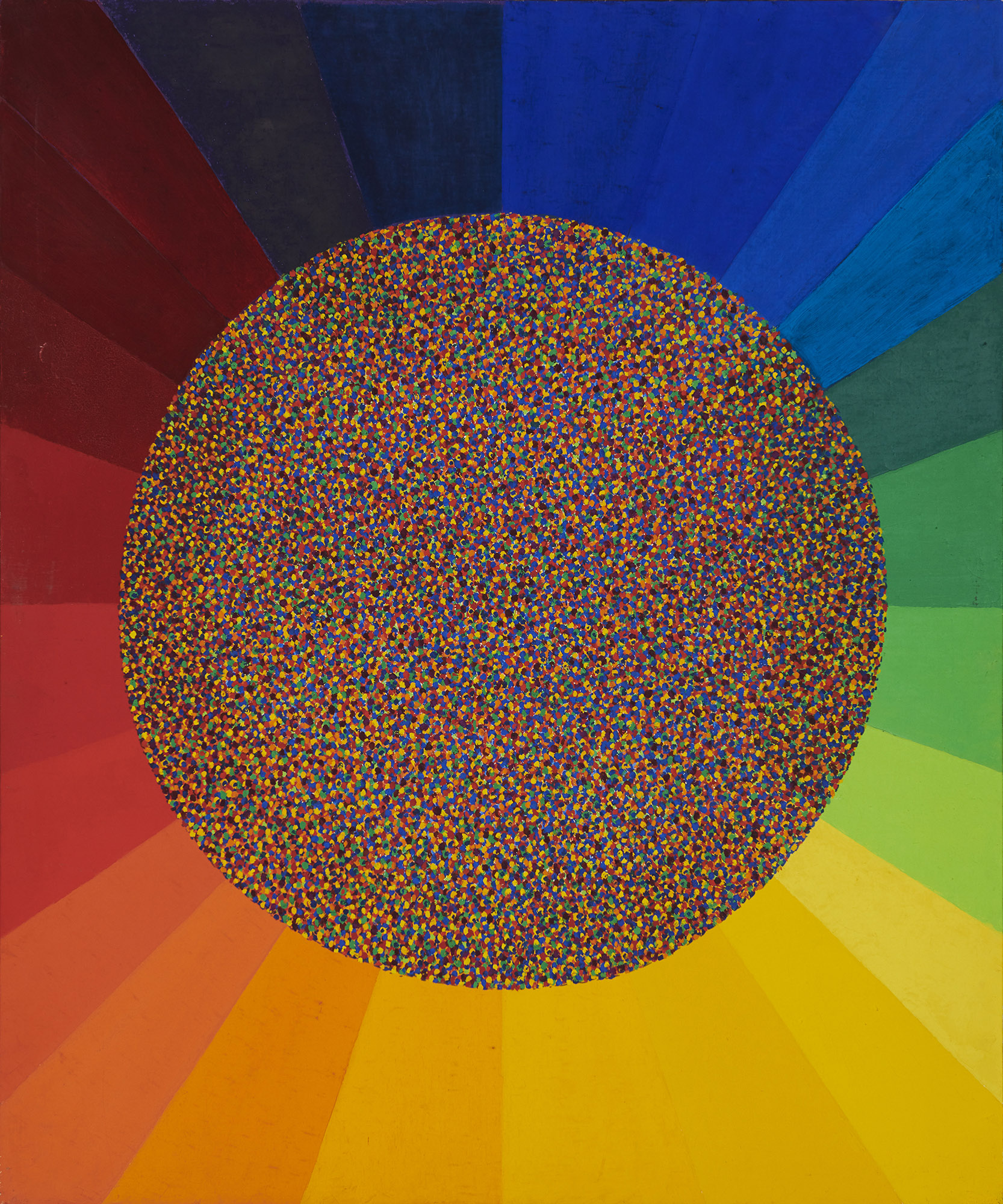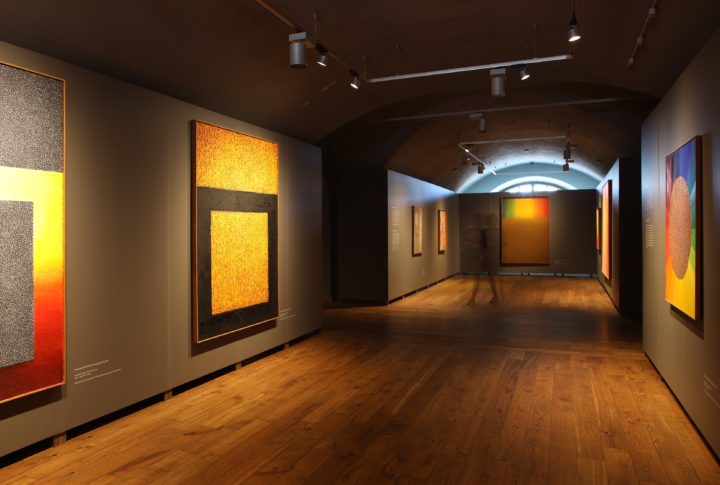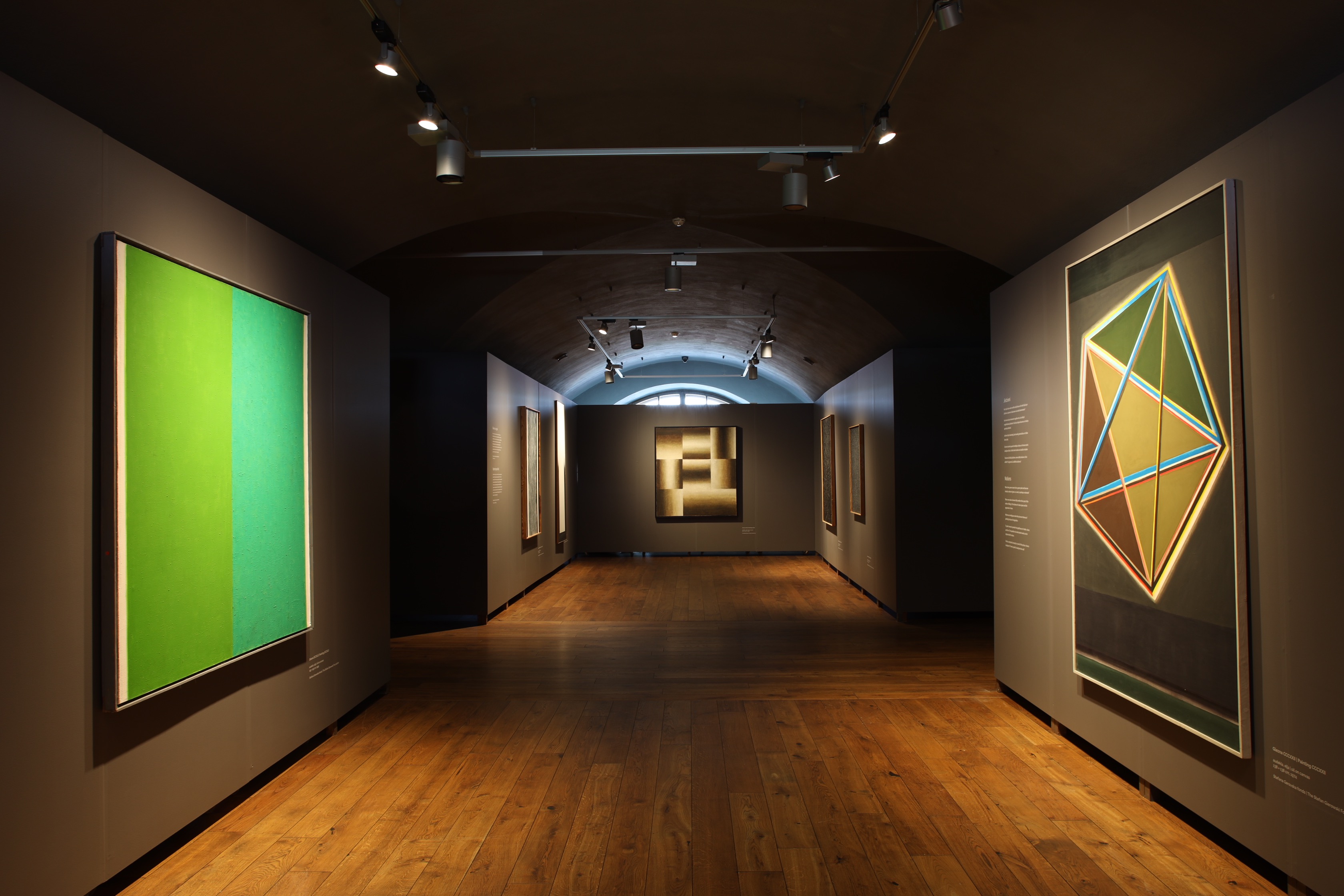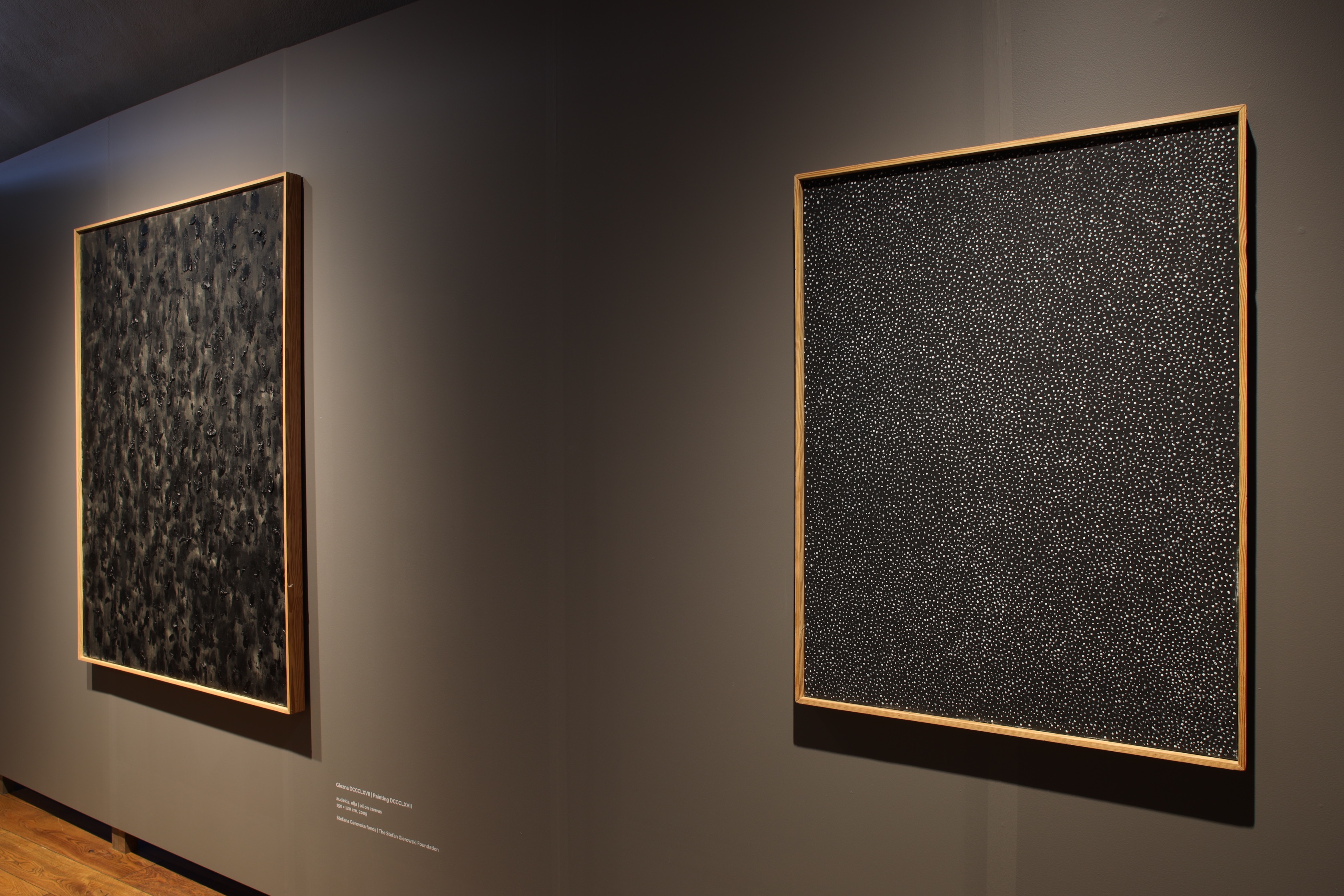STEFAN GIEROWSKI: FROM HERE TO ETERNITY

Stefan Gierowski (Poland)
There is no one way to create light in an image. There is no rule, and the light in the picture is either there or it is not. It depends on sensitivity, tenderness, talent, or something else, which makes it possible to combine all the conditions for its appearance and combine it so that it exists.
For me, the long process of discovering that light has a meaning that binds all matters concerning the existence of man and nature became very important at some point. In my imagination, a symbolism of light began to emerge, slowly and cautiously. Light is something extremely interesting and unknown: it has a puzzling nature. Physicists do not know what the nature of light is: sometimes it is made of waves, sometimes particles; the whole of quantum theory, which I became interested in later, is based on light. Light is the building block of the universe. In a simpler perspective, in cultural traditions starting from ancient Egypt, light has a great mystical meaning. It was life-giving, although it was always known that it could kill as well. Light is surrounded by the concepts and meanings I have mentioned, but the light that we deal with in painting is something we do not think about when we paint; it seems to be born by itself… Everything else is actually intellectual pleasure surrounding the concrete.
Stefan Gierowski
Biography
Early years
Stefan Gierowski was born on 21 May 1925 in Częstochowa. He spent his childhood in Kielce. From an early age, he displayed an interest in painting and wanted to train in the craft.
When the Second World War broke out, Stefan, alongside his mother, joined the Armed Struggle Organization (ZWZ) and then the Home Army (AK), where he participated in underground activities under the nom-de-guerre “Hubert.”
Student period
After the Home Army’s dissolution in early 1945, Gierowski moved to Kraków, where he enrolled simultaneously at the Academy of Fine Arts and the Faculty of Art History at Jagiellonian University. His knowledge of art history proved crucial for his reflections on the possibilities and prospects of painting, opening up Gierowski to modernity. Under the supervision of Wojsław Mole, he wrote a seminar paper entitled “Impressionism as Part of French Culture.”
He trained under Zbigniew Pronaszko, an ex-Formist, as well as in the class of Karol Frycz, where he studied painting in architecture and designed stage sets.
Art community and teaching
In 1955, with the Stalinist order already thawing, he took part in the International Young Art Exhibition at Zachęta in Warsaw, where his painting I Love Life! won 2nd prize. This put him in the spotlight and led to his recognition as a leading painter of the new generation. Also in 1955, Gierowski participated in the Nationwide Exhibition of Young Visual Artists Against War—Against Fascism at the Arsenal in Warsaw, which proved to be a generational show of artists opposed to the aesthetics of socialist realism.
In January 1957, the artist exhibited for the first time at Galeria Krzywe Koło, thus initiating what would be several years of fruitful collaboration with Marian Bogusz and the associated milieu. Also in 1957, a year that proved pivotal for his career, Gierowski embarked on a series of paintings designated by Roman numerals.
In the late 1950s and early 1960s, Gierowski frequently exhibited abroad, participating, for example, in the 1st International Biennale of Young Artists in Paris (1959), the 5th International Biennale of Contemporary Art in São Paulo (1959), and the exhibition 15 Polish Painters at the Museum of Modern Art in New York (1961).
In 1961 he joined the faculty of the Academy of Fine Arts in Warsaw to teach painting in architecture. Soon, in 1965, he was granted permission to start his own class. His teaching style was friendly and open, with a curriculum based on general painterly issues, such as colour and genre. In 1982—1988, he was a member of the Chief Council of Science and Higher Education and president of the Council of Higher Artistic Education. He was promoted to full professor in 1986.
Ten years later, he retired from teaching to live and work in Konstancinu-Jezjornu near Warsaw.
In 2014, the Stefan Gierowski Foundation was launched. Besides popularising and protecting the artist’s oeuvre, it supports young painting through the annual Foundation Prize. It is also an active exhibition venue, organising survey exhibitions devoted to various aspects of contemporary and twentieth-century painting.
Stefan Gierowski died aged ninety-seven in August 2022.
Exhibition period: 02 June 2023 – 27 August 2023










